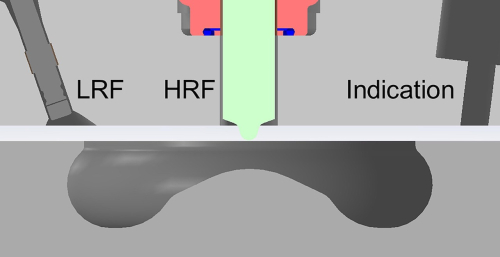Run with an ethanol/1-octanol combination, the MCC system achieves a large reduction in soot-emissions, even at very low NOx-levels below 0.1 g/kWh and a considerable increase in indicated efficiency over conventional compression ignition combustion. An open-access paper on the work is published in the journal Fuel.
The principle [of MCC] centers on the generation of a strong “molecular spark”—a spacially confined area in the combustion chamber where the reactivity of the fuel mixture is sufficient to form a robust, controllable ignition source. Subsequently, combustion spreads to the rest of the combustion chamber.
Ethanol was used as the low-reactivity fuel [LRF] and 1-octanol or conventional diesel fuel as the high-reactivity fuel [HRF] to investigate the combustion characteristics, efficiency, and raw emission potential under various operating conditions with a light-duty single-cylinder research engine. The results are compared with compression ignition operation of conventional diesel fuel and neat 1-octanol. The MCC system achieves a large reduction in soot-emissions, even at very low NOx-levels below 0.1 g/kWh and a considerable increase in indicated efficiency over conventional compression ignition combustion.
—Honecker et al.

Sectional view of the cylinder-head and injector setup with piston-bowl, seen from exhaust side. The central injector is used for HRF, the lateral one for LRF. On the right, the bore for the indication quartz can be seen.
The goal of MCC is to unite diesel-like CR and air–fuel-ratios with a heat release profile that comes as close to the constant-volume combustion as feasible, allowing for a fuel-flexible approach that can be used to co-optimize the combustion with the properties and molecular composition of fuels, to achieve high efficiencies and predictable combustion control.
To this end, LRF and HRF are mixed in the cylinder. The LRF is injected as a highly stratified charge, the HRF is then injected in such a way that it would form the molecular spark—a large area of the combustion chamber where compression ignition occurs and from where the flame can then spread through the LRF. Honecker et al.
Further investigations will include the effect of compression ratio, piston bowl geometry and the requirements and influences for both HRF and LRF in different engine operating points, as well as exploring additional calibration parameters, the operational limits and ways to extend them.